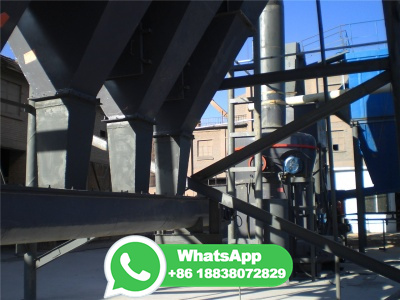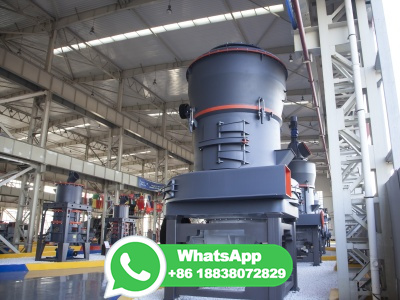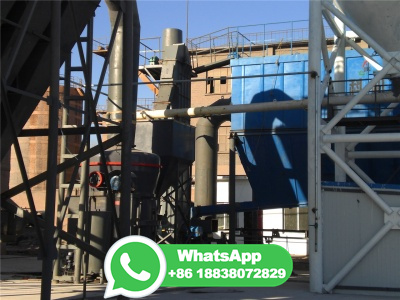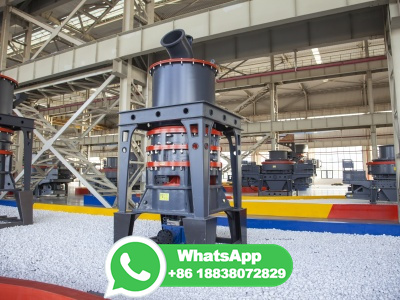Metallurgical coal | BHP
Metallurgical coal is an essential ingredient in the production of steel, making it one of the most widely used building materials on earth. It takes around 770 kilograms of coal to make one ton of steel, with approximately 70 per cent of global steel produced in basic oxygen blast furnaces. Our challenge is to continue producing the coal ...




























